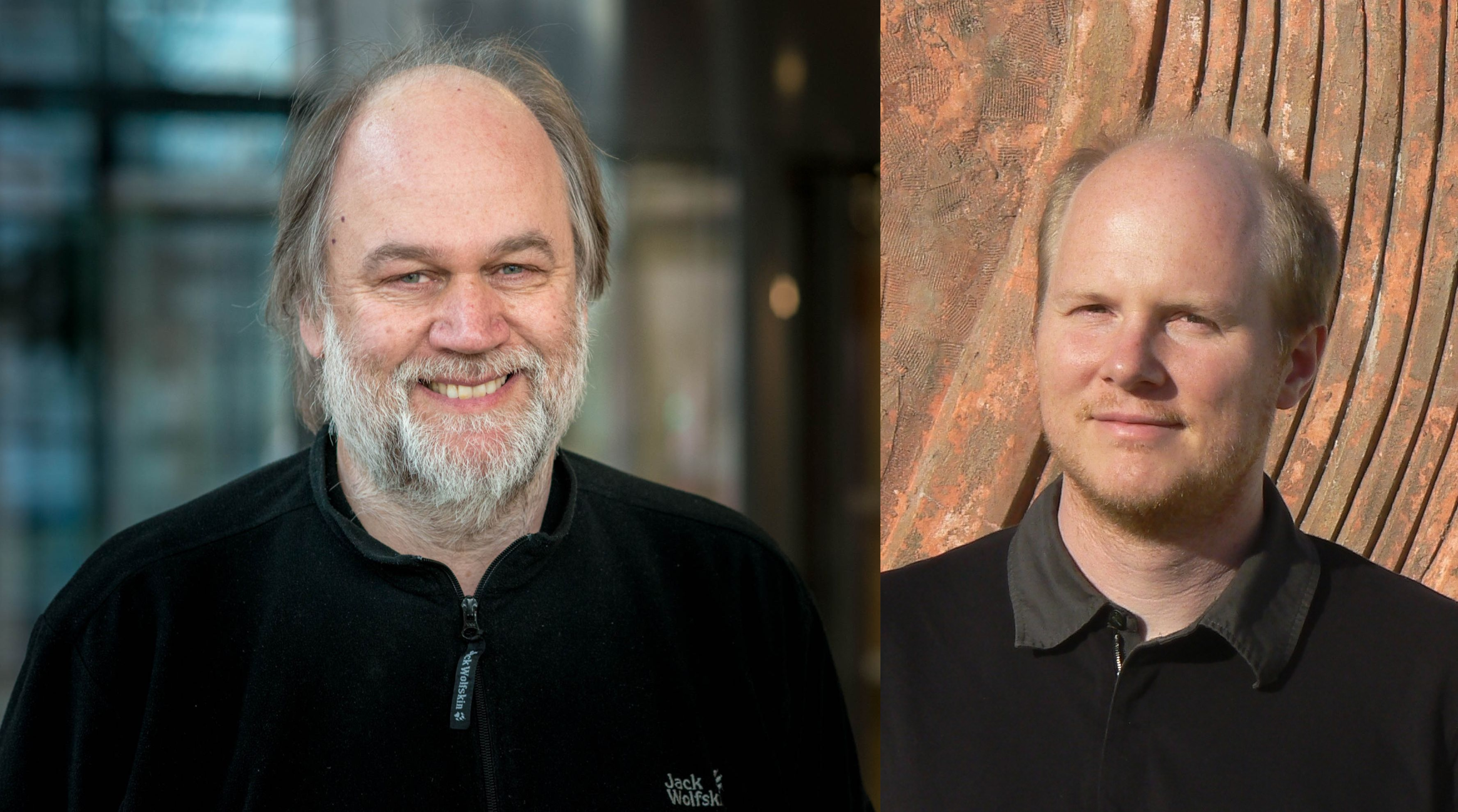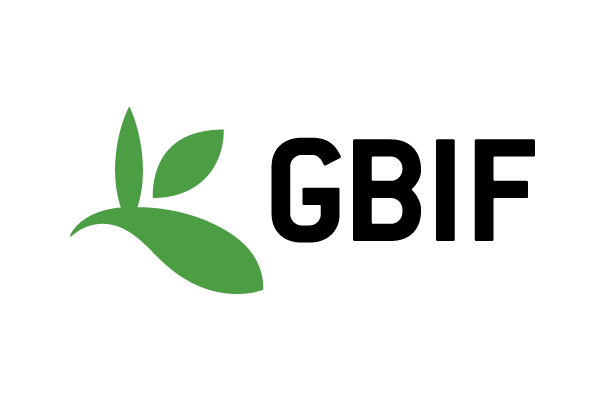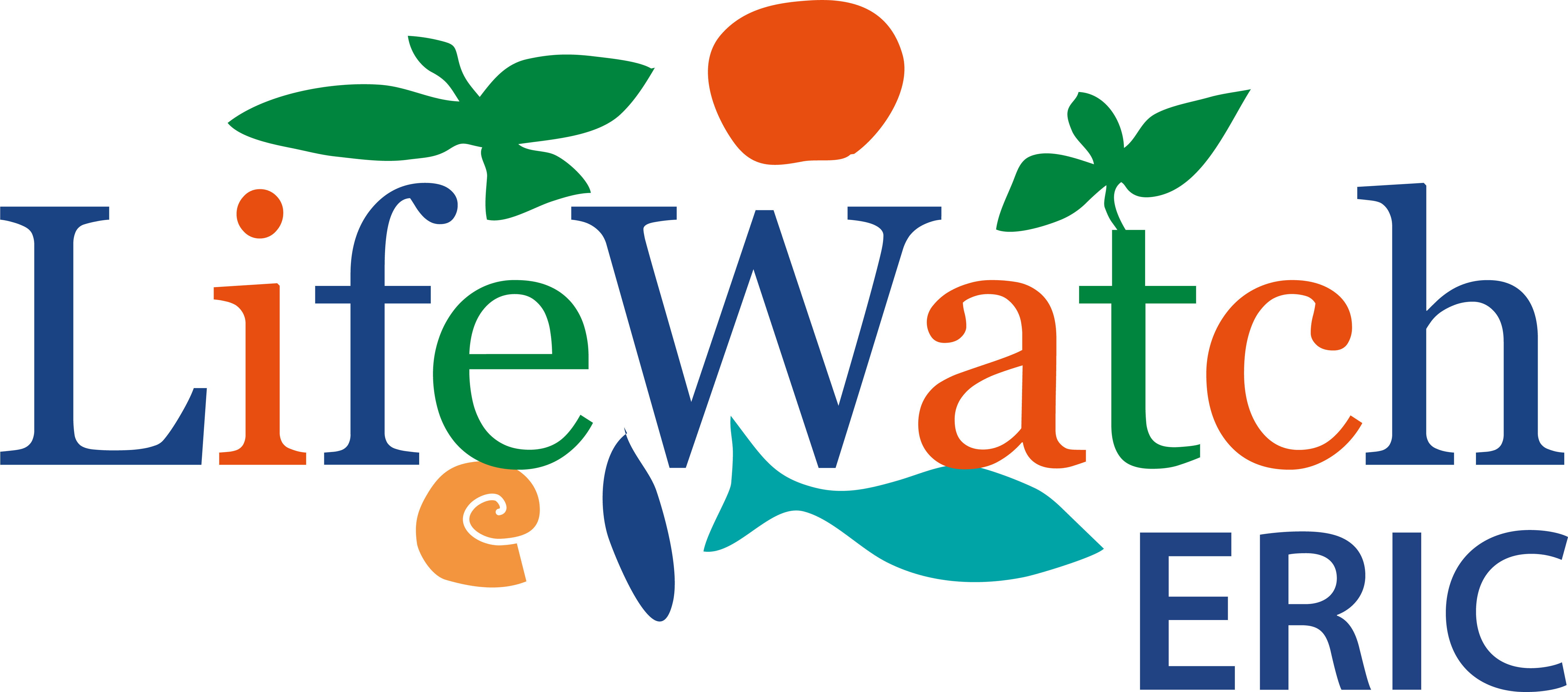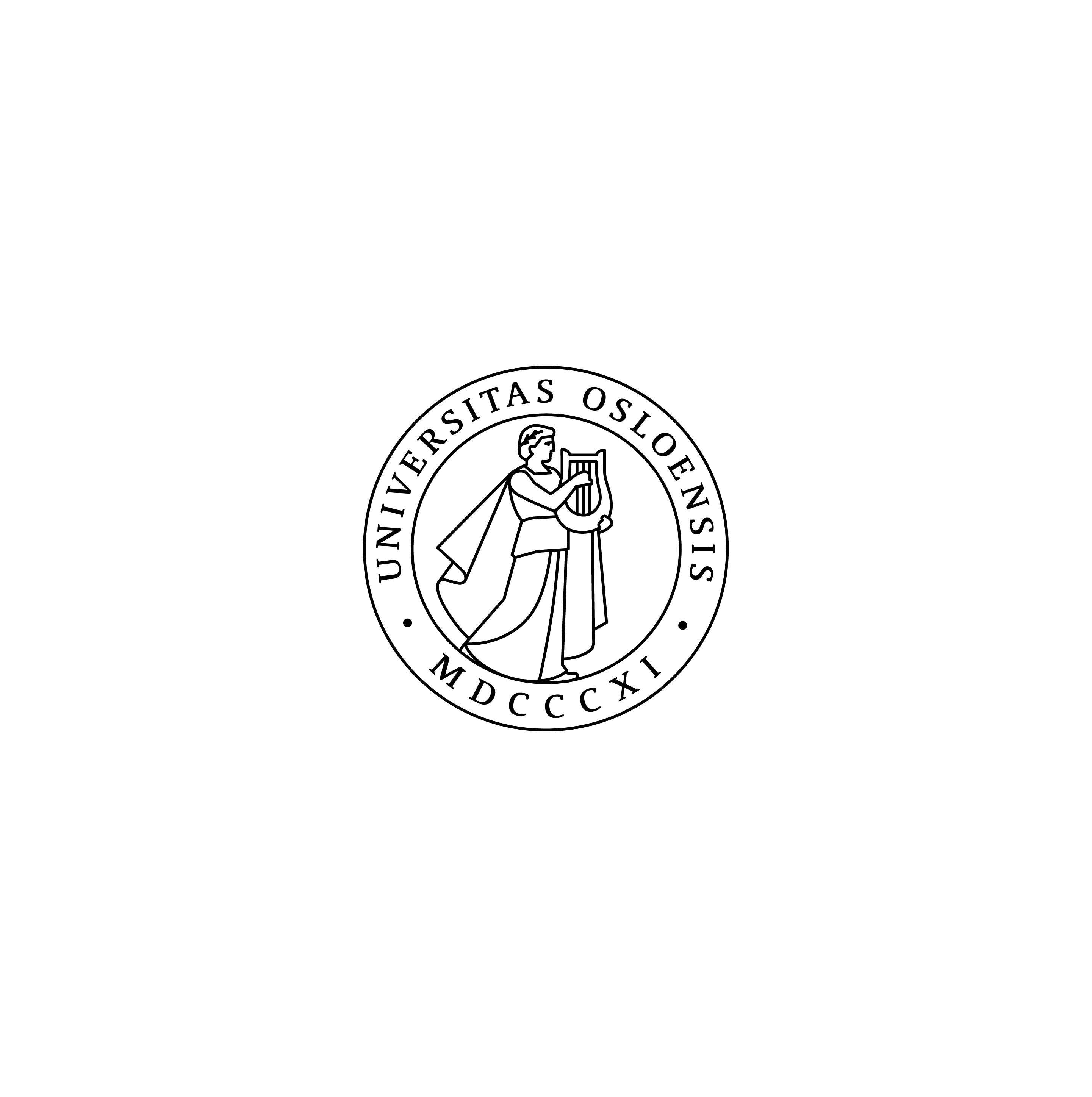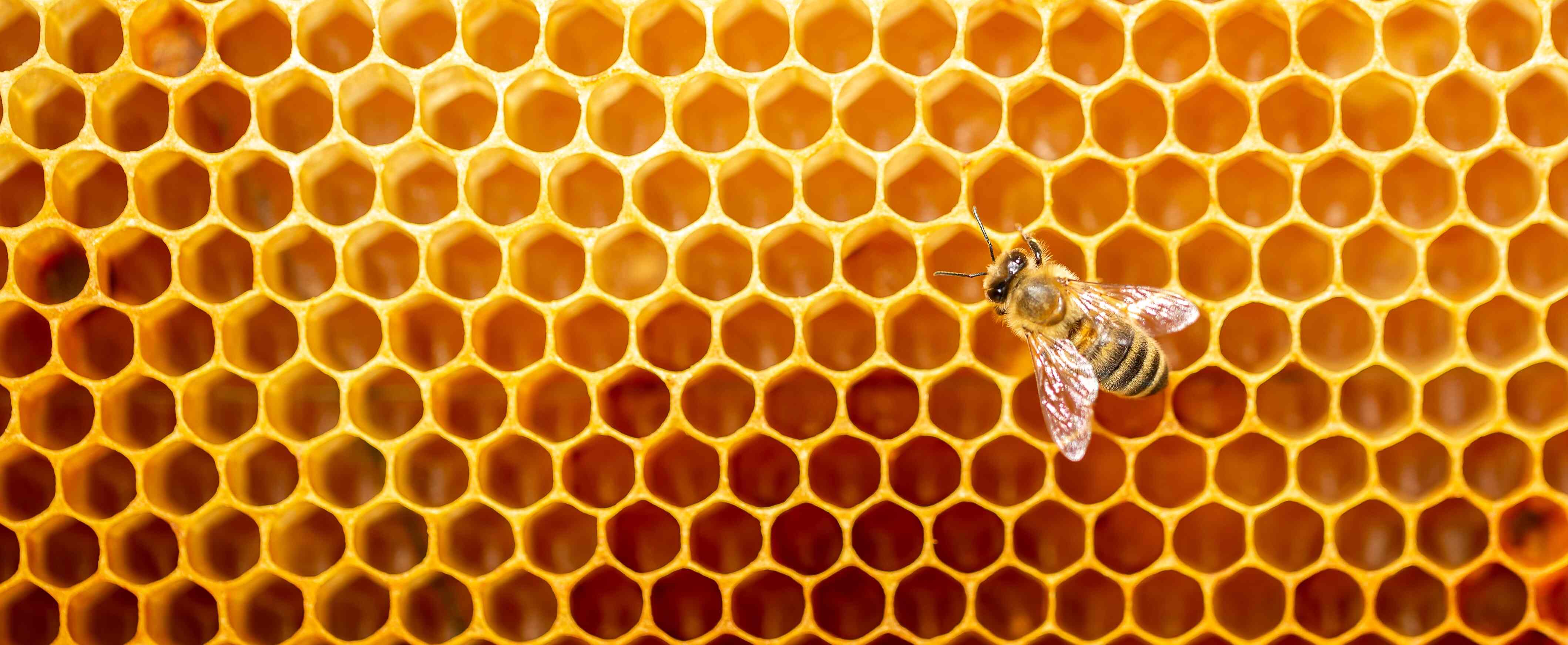
In this page: Digital Twin Model | Resources | Partners
Honey Bees in Agricultural Landscapes
The Prototype Biodiversity Digital Twin (pDT) for Honey Bees is an advanced pDT tool that has been designed to assess the viability and productivity of honey bee colonies in various landscapes and under different management and climate-change scenarios. Honey bees are crucial for crop pollination and biodiversity but face numerous stressors including but not limited to climate change, parasites, diseases, and modern agricultural practices. These factors contribute to significant bee colony losses, with winter losses in Europe reaching nearly 20% and annual losses in the USA now estimated to be up to 50%. Understanding and mitigating these stressors is going to be essential for the future resilience of honey bee populations and the ecosystems they support. Using the BEEHAVE model, the pDT simulates foraging, population dynamics, and Varroa mite infestation of honey bee colonies.
The HONEYBEE-pDT extends the BEEHAVE model to a digital twin that can be applied at local, regional, and national scales. This allows users to simulate honey bee colonies across Germany and beyond. The model integrates land-cover maps and daily weather data to provide detailed simulations of colony health and productivity. This system has been developed for large-scale simulations, and has been tested across Germany.
* This prototype digital twin is in early access and intended for research purposes only; do not use for decision-making or operational purposes.
Honey Bees in Agricultural Landscapes and Digital Twin Models
Modelling and Data
The core of the HONEYBEE-pDT's modelling capability is the BEEHAVE model, which integrates various data inputs to simulate honey bee dynamics. The main data inputs and modelling components are;
Land-Cover Data was taken from a satellite data-based 20 m resolution map of Germany (Preidl et al. 2020), providing information on 19 different land-cover classes.Daily weather data, including sunshine hours and maximum temperatures, obtained via the R package rdwd.Users can customise model parameters and floral resource parameters through a web interface. BEEHAVE, a high-resolution ecological model, to simulate foraging, population dynamics, and Varroa mite infestation.The models run on a raster with a 5 km resolution, using weather and land-cover data to predict colony outcomes.Simulations are executed using R scripts. The model is run in parallel on the LUMI supercomputer to handle large-scale simulations efficiently.Hive weight data from the TrachNet project will be used for calibration and validation of the model.
Who can use the pDT?
The pDT interface, developed using R Shiny, offers a user-friendly platform where for example users can specify hive coordinates and modify model parameters and floral resource settings. Then the interface provides visual outputs such as the number of adult bees, honey production, and flight time. Users can simulate colony dynamics for specific locations and compare results with real-world data.
